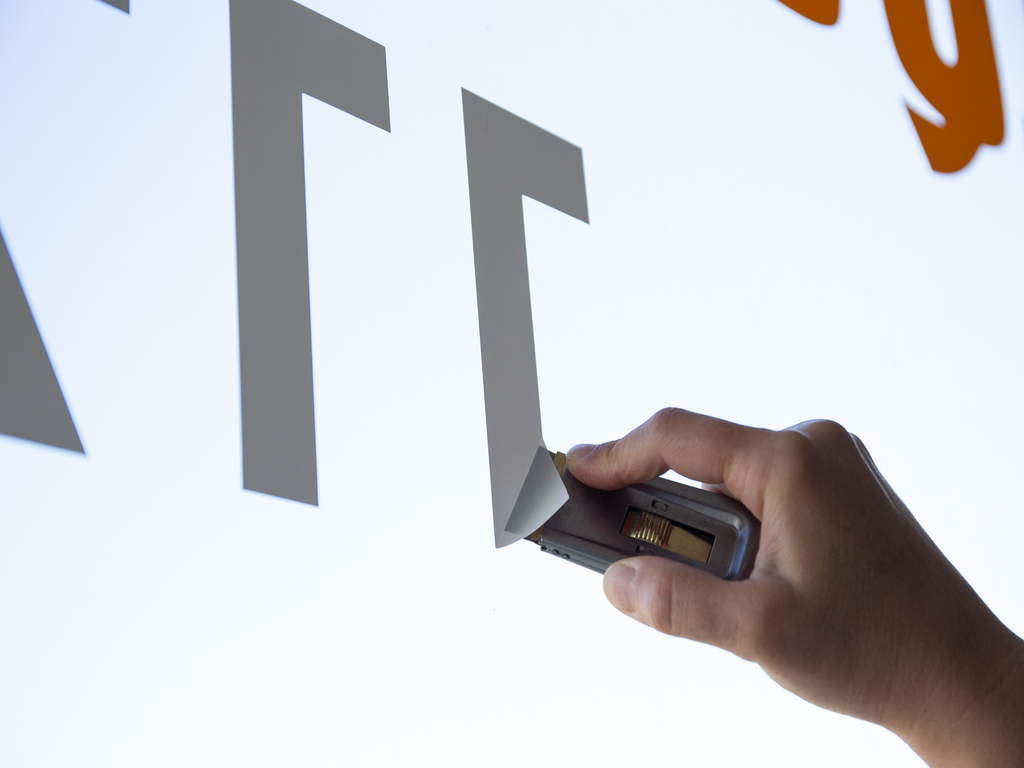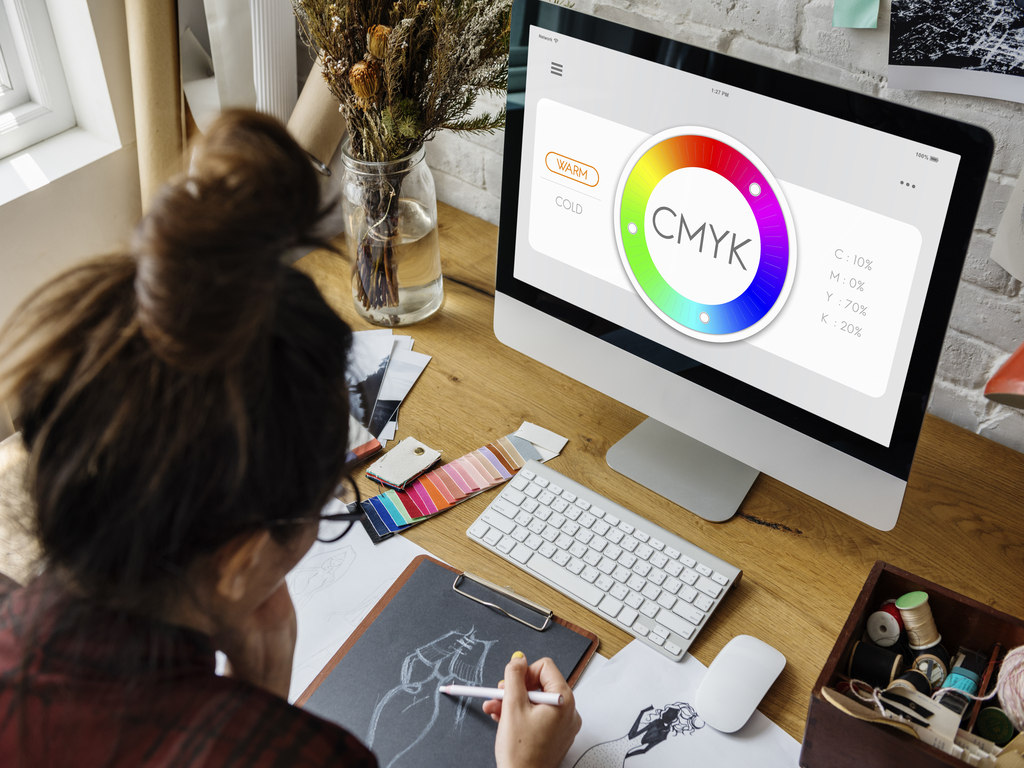What does collate mean in printing?
Are you confused about collating in printing? You’re not alone – it’s a technical term that even experienced professionals are sometimes unfamiliar with. This blog post will give you the answers you need to understand this essential part of the printing process and why it matters for your final projects. Whether you’re new to printing or have years of experience, learning what collate means can help ensure your project is successful: from creating documents faster and easier, to ensuring each page is printed correctly and efficiently. We’ll cover everything you need to know about the collation technique so that nothing gets left out!
What is collation and how does it affect printing jobs
Collation is the process of assembling printed materials in a specific order. It’s an essential element in printing jobs that have multiple pages, such as books, brochures, and reports. When documents are collated, they are arranged in a predetermined sequence, making it easier for readers to follow the intended flow and locate specific pieces of information. Without proper collation, pages can be scrambled or printed out of order, causing confusion and errors that can be costly to fix. Therefore, accurate collation is critical for any printing job, especially those that require precision and consistency. With the right software and a keen eye for detail, collation can be done efficiently and effectively, saving time, effort, and resources in the printing process.
Different types of collating methods – manual, automated, digital
Collating documents is a necessary process for many industries and businesses. There are different types of collating methods that can be used, each with its own unique benefits. Manual collating involves sorting and organizing documents by hand, which can be time-consuming but allows for a hands-on approach. Automated collating utilizes machines to sort and organize documents quickly and efficiently, allowing for more output in a shorter amount of time. Digital collating is a modern method that uses software to collate and organize electronic files, which can save time and reduce the chances of errors. Each method has its own advantages and can be chosen based on the needs of the business or project.
The importance of collation for large print runs
When it comes to large print runs, collation is a key factor in ensuring the success of the project. Collation refers to the process of arranging printed material in a specific order, such as page numbers or chapter titles. It may seem like a small detail, but in reality, it can greatly impact the readability and organization of a book or manual. Without proper collation, readers can become confused and frustrated when searching for a specific section or reference. Moreover, errors in the printing process can easily occur if pages are misplaced or printed out of order. For these reasons, collation should never be overlooked when preparing for a large print run. It may require extra time and attention, but the end result will be a polished and user-friendly product that readers will appreciate.

BENEFITS OF USING DIGITAL COLLATION SOFTWARE
In today’s digital age, businesses are constantly looking for ways to streamline their processes and increase efficiency. One way to achieve this is through the use of digital collation software. This software helps to organize and store vast amounts of data in a way that is easy to access, search, and share. With a single click, you can find all the information you need, from sales reports to customer feedback. Digital collation software also makes collaboration easier among team members, regardless of their location. Additionally, this technology reduces the risk of documents being misplaced or lost, as everything is stored securely in the cloud. Overall, the benefits of using digital collation software are undeniable, making it a worthwhile investment for any business looking to improve their operations.
TIPS FOR ACHIEVING QUALITY COLLATION RESULTS
Are you tired of receiving inconsistent collation results from your team? Achieving quality results is crucial for any project, whether small or large. One tip to consider is establishing clear guidelines for your team to follow during the collation process. These guidelines can include specific formatting instructions, criteria for including or excluding certain information, and a timeline for completing the project. Additionally, utilizing collaborative software can streamline the collation process and ensure that all team members are on the same page. It is also important to schedule check-ins throughout the process to catch any errors or inconsistencies early on. By implementing these tips, you can ensure that your collation results meet or exceed your expectations.
TROUBLESHOOTING COMMON PROBLEMS WITH COLLATED PRINTS
Printing a stack of collated papers can sometimes be frustrating. Common problems such as pages not lining up or colors appearing skewed can lead to unprofessional-looking documents. However, troubleshooting these issues is easier than you may think. One solution is to check your printer settings and make sure the paper size and orientation are correct. Another is to verify that the printer is using the correct printer driver. Additionally, try adjusting the collate settings so that the pages are printed in the correct order. By following these simple steps, you can easily solve common problems and have a perfectly collated print job in no time.
In conclusion, proper collation is essential to any bulk printing job – whether you are printing a few hundred labels at a local printer or thousands of brochures from an offset printer. With the different methods of collating described above, you have the tools to select the best method for your project. Maximizing quality and consistency is key, so keep in mind the importance of document preparation (alignment, registration marks, etc.), checking proofs extensively, and running test prints before committing to large print runs. There is no one-size-fits-all when it comes to collating documents. Therefore, having a flexible workflow is critical for successful results that match your expectations. To learn more about creating great quality and well-collated prints, download our free guide on how to maximize print output with collation processes today!




